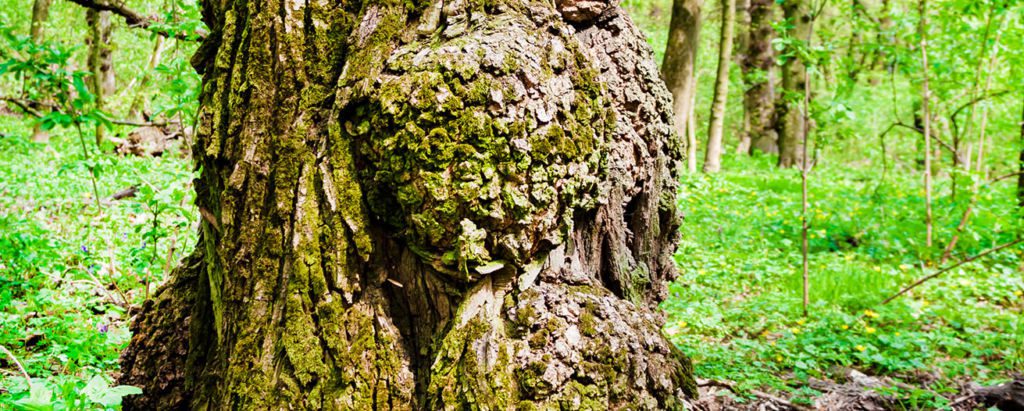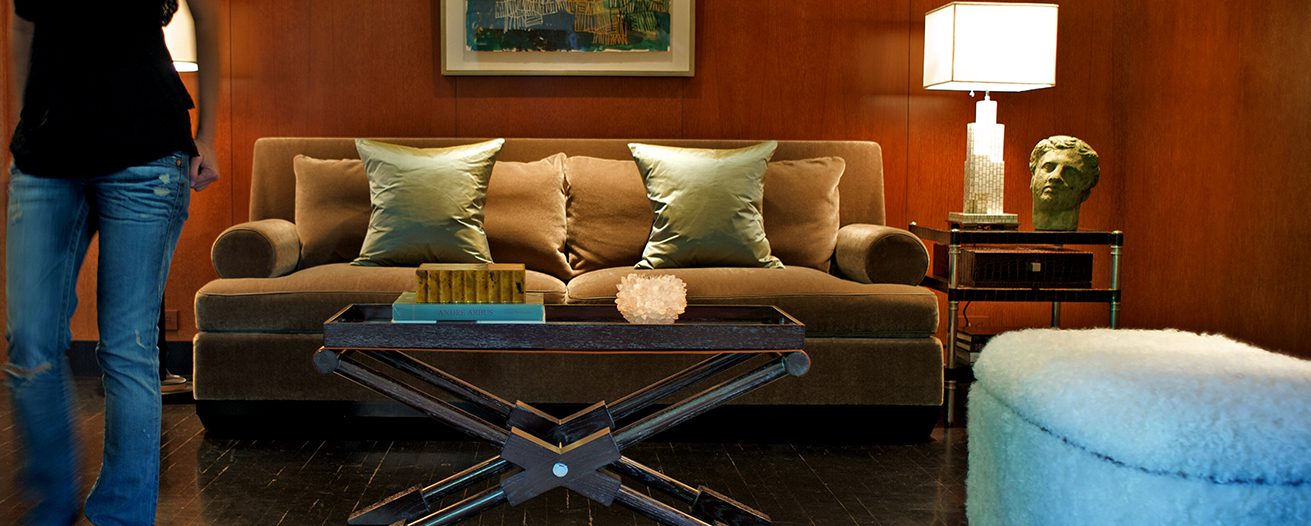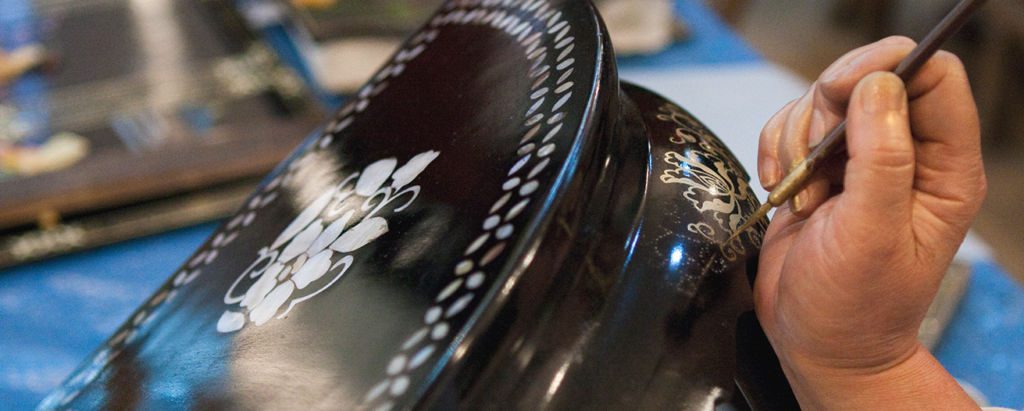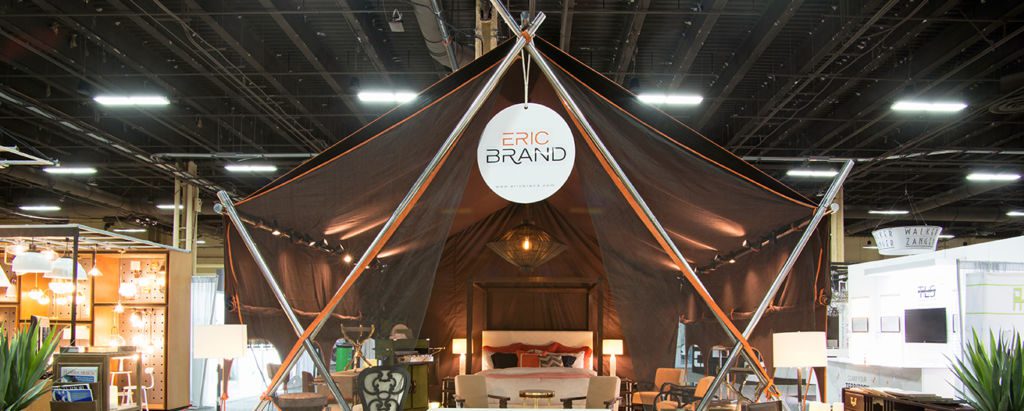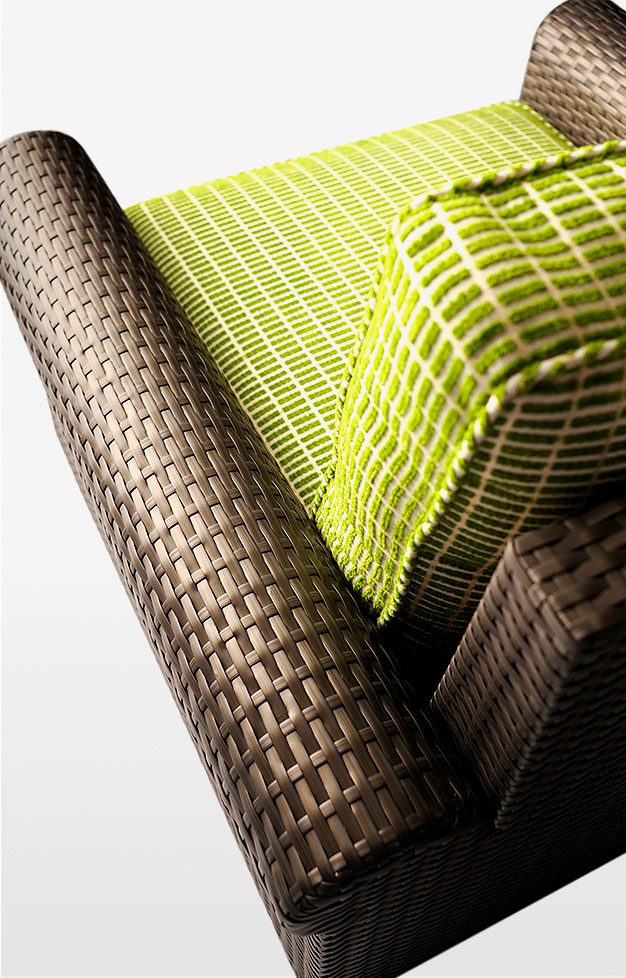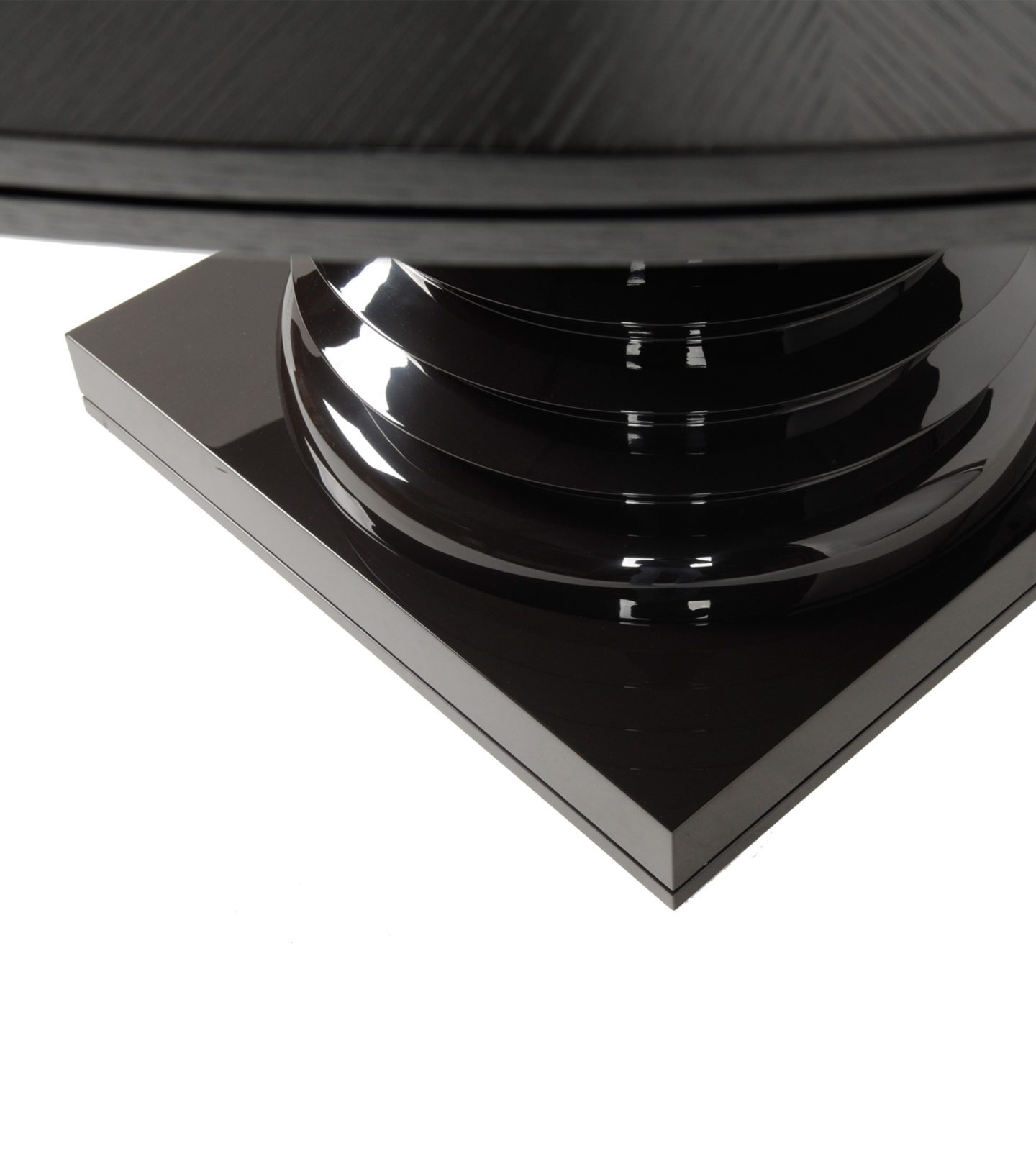A burl is the quintessential ugly duckling story. Ugly, wart-like and protruding on a tree’s trunk or branches, a burl is a deformity, a tumor, a mar on nature’s beauty.
But harvest a burl, open it up and sand it down, a burl is a tapestry of uncurling designs and cascading swirls that never repeat and never disappoint. It is this uniqueness that makes burled wood rare, expensive and highly sought-after.
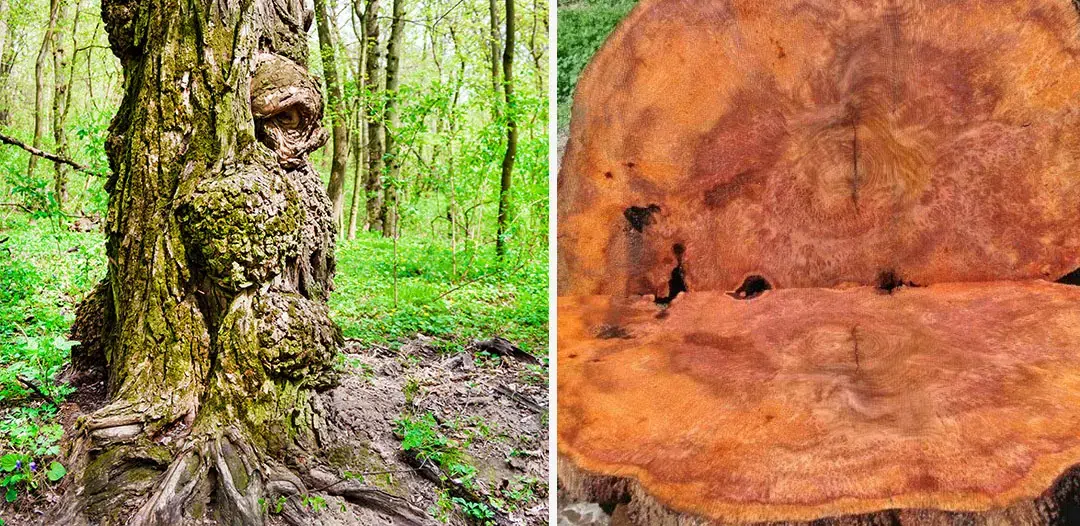
What actually is a burl? It is not a type of wood. In fact, burls occur on any number of genus of trees. Burls most commonly grow on the trunk, but also form on branches as well as underground on the roots of a tree. Burls are caused by insects, fungal diseases, mold and dormant buds. Burls will continue to grow along with the host tree for 30-40 years or until a tree dies.
Surprisingly, burls are not harmful to the trees on which they form. Some burls even sprout perfectly healthy new trees from within; these are the burls formed from dormant buds. However, trying to harvest a burl from a living tree will most likely kill it, by leaving it open and susceptible to new disease.
No two burls are ever alike. The very nature of the way they form and grow ensures a unique quality in each and every burl. Hence, burled wood is treasured as an exotic finish in furnishings and other high-end products.
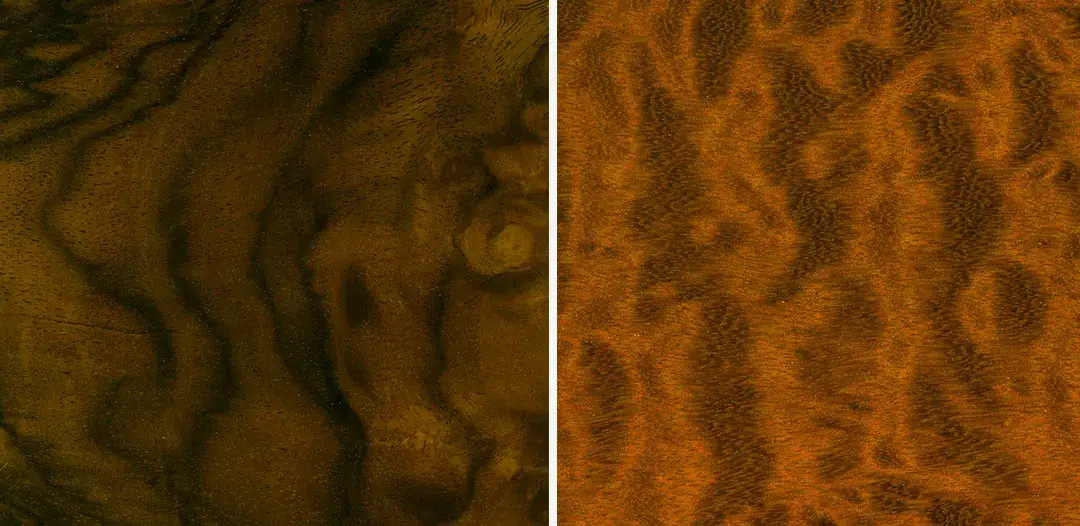
Unlike the cultured pearl, burls cannot be induced, though many have tried. With the pearl, entering a grain of sand into the oyster can cause it to isolate and envelope the grain, eventually building the pearl within itself. Attempts to foster a burl have proven futile to date. Again, this reinforces the uniqueness and rarity of burled wood.
Many wood workers harvest burls and turn them into products such as bowls and challises –products that adhere to the natural shape of the burl. The craftsmen put the burl on a wood turner, carving out the center and the outside edges to reveal the beauty within. Imagine spiralizing your zucchini noodles, but on a much grander scale.
More often, burled wood is used in furniture as a veneer. Because the wood is brittle, hard, and easy to split, cutting it very thinly and applying it as a finish is not only the most economical way to harvest the burl, but perhaps the most beautiful way to expose its beauty.
A finish often used on furniture is a veneer applied as “book matched”, in which two pieces of veneer are cut together, but then one is reversed and counter matched against it to create a mirror image, and thus a pattern, something that would never naturally occur in the wood.
We’ve become accustomed to burled wood on furniture as veneers, in car dashboards as luxury finishes, on guitars and other stringed instruments. But its popularity is growing on more trending products such as kitchen cabinets, watches, mobile phone cases and even as an upcoming bathing suit textile finish.
